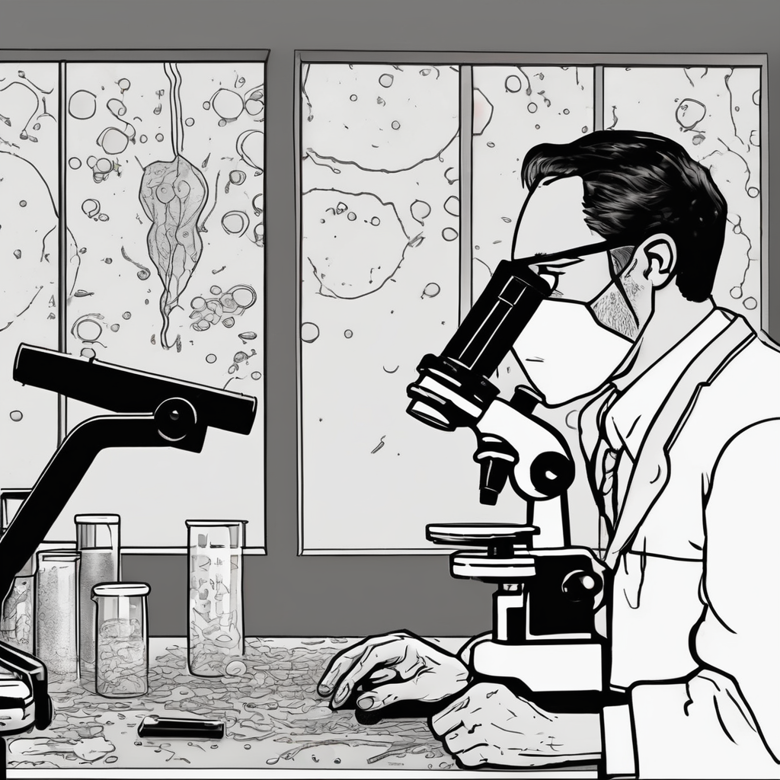
Type O as the Ancestral Blood Type
The Type O blood group, lacking the A and B antigens, is considered the most ancient and primordial blood type among primates, including humans. As the human lineage diverged from other primates, a genetic mutation likely gave rise to the Type A blood type within early hominid species, such as Homo erectus. The A type provided some selective advantage, causing it to become the predominant blood group in ancestral Homo sapiens populations.
Diversification of Blood Types
Over time, further genetic diversification led to the emergence of the Type B blood group, as well as the AB type which contains both A and B antigens. These additional blood type variants likely arose within archaic human species like Neanderthals and Denisovans. Despite the dominance of Type A in early Homo sapiens, the O type has remained a significant and widely distributed blood group in modern human populations. This is likely due to the universal compatibility and potential survival advantages of the O type in certain environments or situations.
Chimpanzees (Pan troglodytes):
While the vast majority of chimpanzees have Type O blood, some populations have been documented to have small percentages of individuals expressing Type A or Type B antigens. For example, studies have found that certain chimpanzee communities in West and Central Africa can have up to 10-15% of individuals with Type A blood, and an even smaller percentage with Type B. The emergence of these variant blood types in chimpanzees is believed to be the result of genetic mutations that arose and persisted within certain isolated populations over time.
Gorillas (Gorilla spp.):
Similar to chimpanzees, the typical blood type for gorillas is the ancestral Type O. However, research has identified populations of both the Western Lowland Gorilla (Gorilla gorilla) and the Eastern Lowland Gorilla (Gorilla beringei) that have a small proportion of individuals with Type A or Type B blood. The percentage of non-O blood types in gorillas is generally lower than what has been observed in chimpanzees, often less than 5% of the population.
Evolutionary Significance:
The existence of minor frequencies of A and B blood types within certain chimpanzee and gorilla populations is an interesting example of primate blood group diversity.
It suggests that while Type O is the predominant and ancestral state, there have been opportunities for the emergence of other blood group alleles in isolated primate communities.
Evolutionary Timeline of Blood Group Emergence
The A antigen is believed to have first appeared approximately 50,000 years ago.
The B antigen emerged more recently, around 15,000 years ago.
The rarest blood type, AB, which expresses both the A and B antigens, is the most recent, arising only about 2,000 years ago.
Neanderthal Blood Types:
Several studies have successfully recovered and analyzed DNA from Neanderthal fossils, providing insights into their blood group genetics. The available evidence suggests that Neanderthals predominantly possessed the ancestral Type O blood group, consistent with the prevalence of this blood type among other primates. There have been a few instances where Neanderthal remains have shown evidence of the A blood group antigen as well, though at very low frequencies. This indicates that some Neanderthal populations may have also had small percentages of individuals with Type A blood, similar to the patterns observed in certain chimpanzee and gorilla communities.
Denisovan Blood Types:
The Denisovans were a distinct hominin species that coexisted with Neanderthals and modern humans during the Pleistocene epoch. While there is less genetic data available for the Denisovans compared to Neanderthals, researchers have been able to analyze blood group-related genes in some Denisovan fossils. The limited evidence suggests that the Denisovans also likely had the ancestral Type O blood group as their predominant blood type.
The identification of blood types in these archaic human species provides valuable insights into the evolution and distribution of blood group diversity across the hominin lineage. The apparent prevalence of Type O blood in both Neanderthals and Denisovans aligns with the understanding of this as the ancestral blood type among primates. The occasional presence of Type A in some Neanderthal individuals suggests that the genetic variations leading to this blood group may have emerged earlier than previously thought, before the divergence of modern humans and Neanderthals.
Around 50,000 years ago
The B blood type emerged, splitting off from the ancestral A type. This corresponds with the approximate time period when Neanderthals and potentially Denisovans went extinct.
The emergence of the B blood type suggests significant genetic and population changes happening in human ancestors around 50,000 years ago. This aligns with the period when Neanderthals and Denisovans disappeared from the archaeological record, likely due to the expansion and competition with anatomically modern humans (Homo sapiens).
The rise of the B blood type may have been linked to the genetic admixture between Homo sapiens and the archaic Neanderthal and Denisovan lineages. As modern humans spread and interbred with these other hominid species, new genetic variants like the B type could have arisen. Meanwhile, Neanderthals and Denisovans may have been outcompeted or unable to adapt to the changing environmental and cultural conditions brought by the arrival of Homo sapiens.
Comments
Post a Comment